Almost any woman of color who has worn her natural hair understands the highs and lows of accepting what their natural texture looks like. For Black women specifically, hair is an extremely intimate part of their identity. From a young age, Black women with tighter curls or “coils” are praised or chastised based on their ability to withstand the burning sensation brought about from a relaxer or the pull and tug of a brush against tangled hair.
Among Black women, the natural hair movement is significant because it demonstrates a break from the chemical relaxers or press and curls that prior generations often wore. More than this, it represents a refusal to uphold the Eurocentric beauty standards that straight hair is often associated with. Having worn my hair natural for six years, I can say that I have experienced just as many days where I hate my hair as I have days where I’m proud of it. These are four things that have helped me feel better about my hair on days when it felt impossible.
1. Protective Hairstyles
Protective hairstyles have done wonders for my self-esteem and helped my overall perspective on my hair when I’ve found it harder to be happy with. My personal favorite is braids. I enjoy the length that comes with them, the styles that they can be used for and the fact that they are extremely low maintenance compared to my natural hair. Another aspect of protective hairstyles that I enjoy is that they make natural hair less of a guessing game. With the exception of some frizz, you know exactly how your hair is going to look when you wake up in the morning.
The same cannot be said of natural hair all the time. Anyone who has attempted a twist out can relate to the anticipation of whether or not all of the time and effort you put into the hairstyle will actually pay off. Overall, protective styles are a wonderful way to take a break from worrying about your hair on a daily basis.
2. Social Media
Social media has been as beneficial to my natural hair journey as it has been detrimental. One lesson that I wish I had learned sooner was to not be so quick to follow anyone who might put me in tension with how my own curl pattern appeared. When your hair has more coils than loose curls, it can feel like a challenge to find natural hair influencers that share the same texture.
So many of the people who have made a career out of their hair have loose curl patterns and it’s easy to get caught up looking at their pictures and becoming frustrated when your hair doesn’t resemble theirs. It is far more difficult to realize that what works for one person’s hair may not necessarily work for yours. For me, this was a huge learning curve. Yet, I found that once I started focusing on natural hair influencers whose hair type and length resembled mine, I felt better about my hair. For a while, it was hard for me to admit that something as simple as who I followed online had such an effect on how I looked at myself. Few people enjoy acknowledging the negative effect that social media can have on self-esteem.
Another learning curve I’ve had to navigate was accepting the good and the bad that the natural hair community is capable of. The natural hair community among women of color can provide a beautiful and uplifting atmosphere. However, it is too often a place of tension, with stylists or influencers being too quick to talk down on those who are still trying to navigate what they should and shouldn’t be doing with their hair. There is an overwhelming number of people who are eager to tell women that what they are doing with their hair is wrong or unhealthy, yet they are unwilling to offer any explanation as to why or suggest a healthy alternative.
TikTok is a wonderful example of this. Over the past few months, many people with natural hair began emphasizing the efficiency of the “three-step method.” This method refers to a way of washing natural hair using only shampoo, conditioner and one or two styling products. The method represented a break from the prior belief that the longer a person’s wash routine was, the healthier their hair. A crucial part of this method is that there are few to no raw butters or oils included in the routine. Considering that for the past few years within the natural hair community the use of raw butters has been encouraged, the concept of eliminating them was one that required further explanation for many women.
Rather than offer an explanation, too many of the women that pushed for the three-step method stayed silent or instead pushed a program they set up that people could subscribe to if they wanted more information. Behaviors such as this are toxic. The gatekeeping of information within the natural hair community is shameful because at the end of the day, most people have the same goal in mind: learning to love their hair despite being raised to hate it.
3. Trying New Products
Trying new products can understandably be as exciting as it is terrifying. Hair products are already marketed with different buzz words. Yet, this becomes even more of a challenge to overcome when you don’t know exactly what your hair needs. I wore my hair relaxed until I was in my freshman year of high school. Going into my sophomore year of college, I still get confused with what exactly I should be looking for in the products I buy. The best thing that I have learned is to become comfortable with the fact that, in the end, whether or not a product will work is essentially a guessing game. The process is trial and error at best unless you have the resources to visit a reputable salon on a regular basis.
4. Trying New Hairstyles (and Having a Backup Plan)
When I feel bored or upset with the way my hair looks, trying a new hairstyle or buying a new accessory like a hair scarf does wonders for how I’m feeling. Natural hairstyles are a great option because they allow you to mix things up in a way that doesn’t make you feel guilty for inflicting damage on your hair (no stress from box braids or heat from straightening). Trying new hairstyles is exciting if you remember to go into the process with patience and have a backup plan. A high puff or headband wig have always been my favorites. They offer amazing options for when another style may not work or for when your hair just isn’t cooperating the way you want.
The most important lessons that I have learned from wearing my hair naturally is the value of patience as well as the fact that in reality, there are few to no rules when it comes to hair within the Black community. That is precisely what makes every person’s hair journey such a unique and valuable experience.


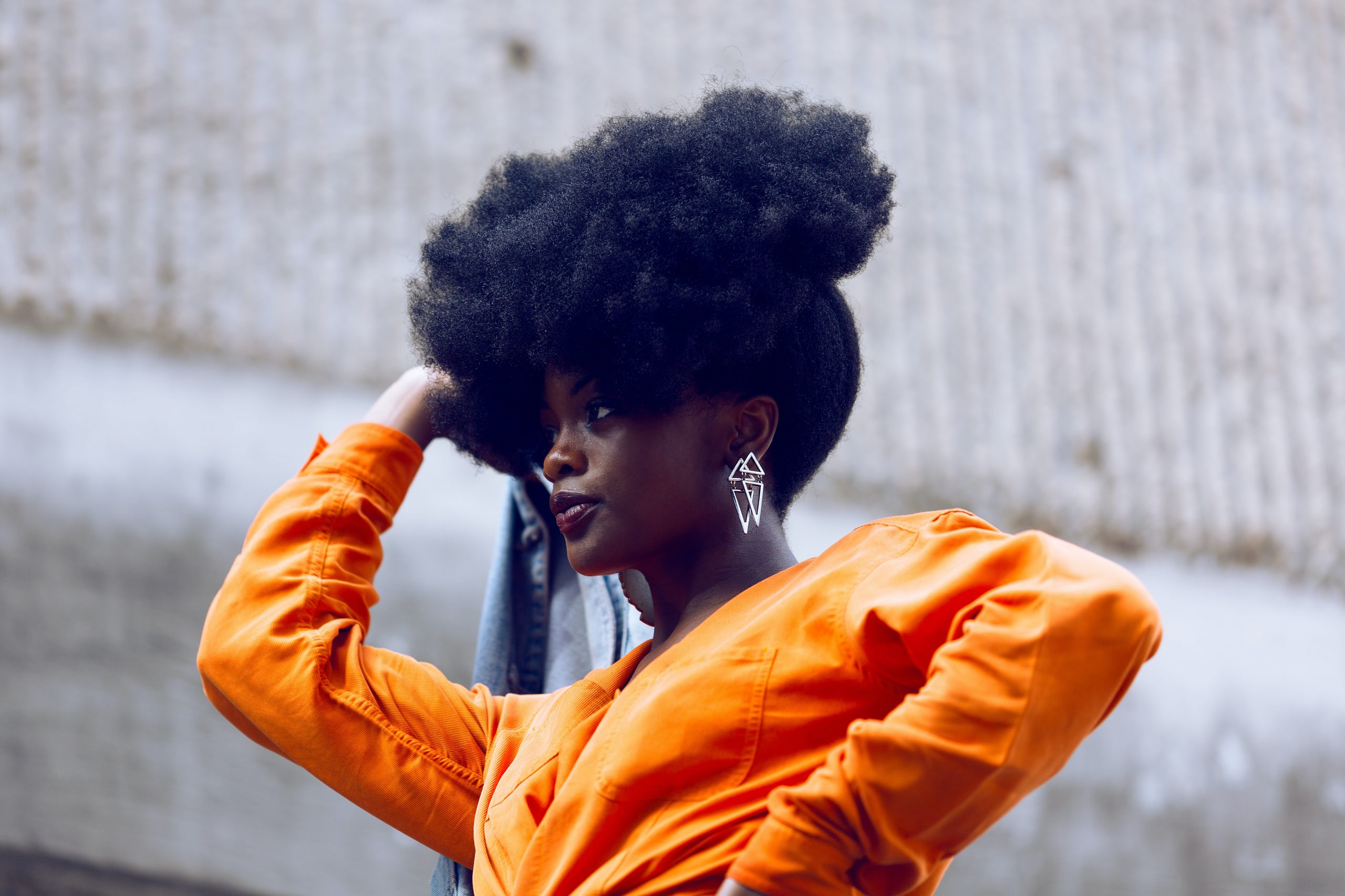

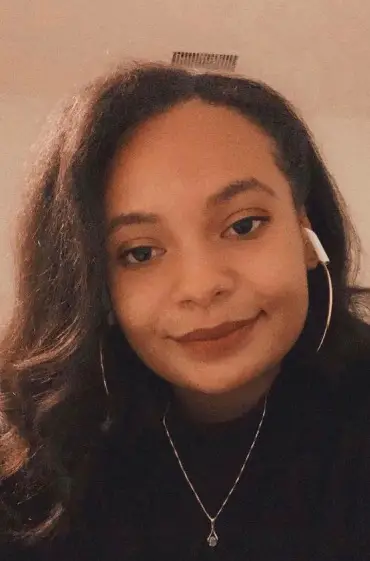
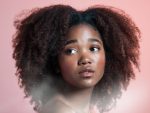

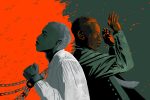



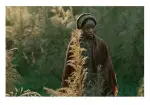
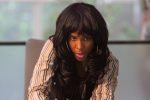





Amazing post, thanks for sharing such an amazing post with us.